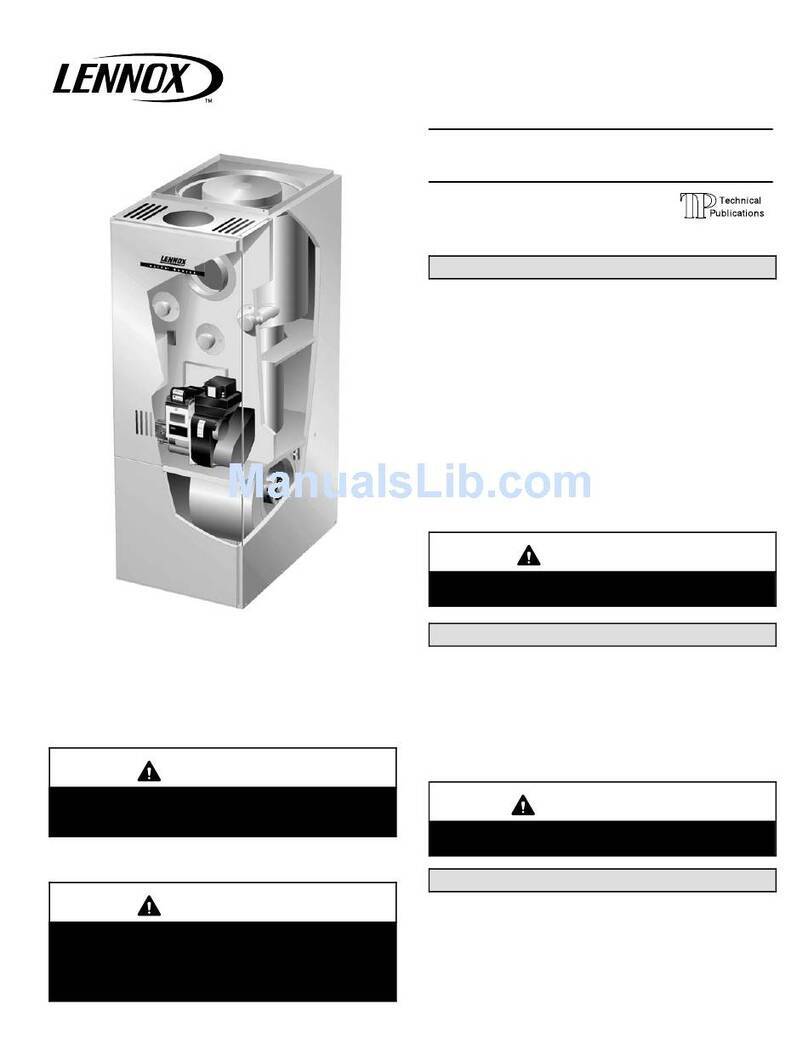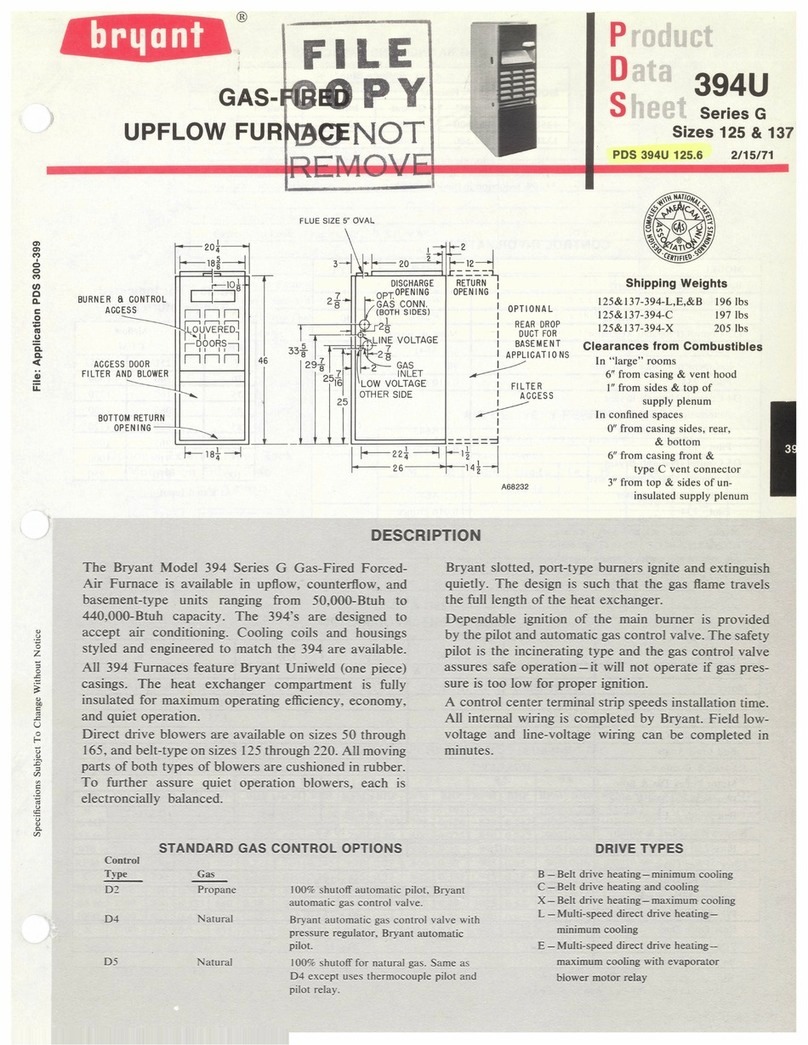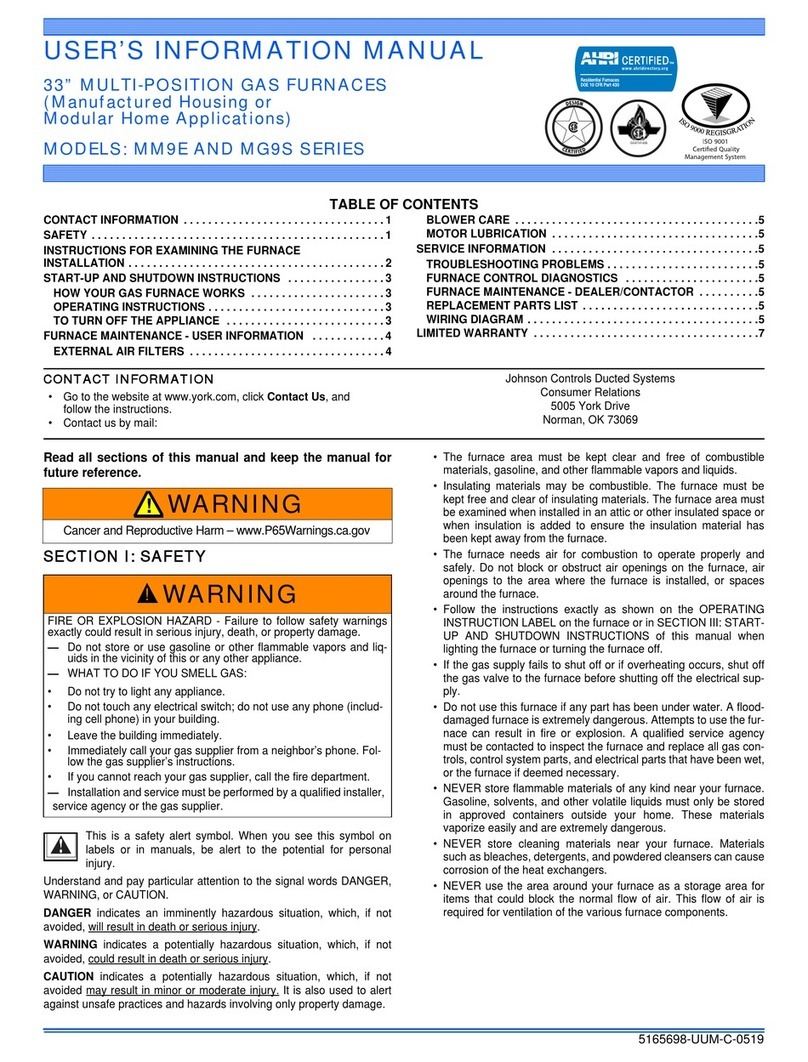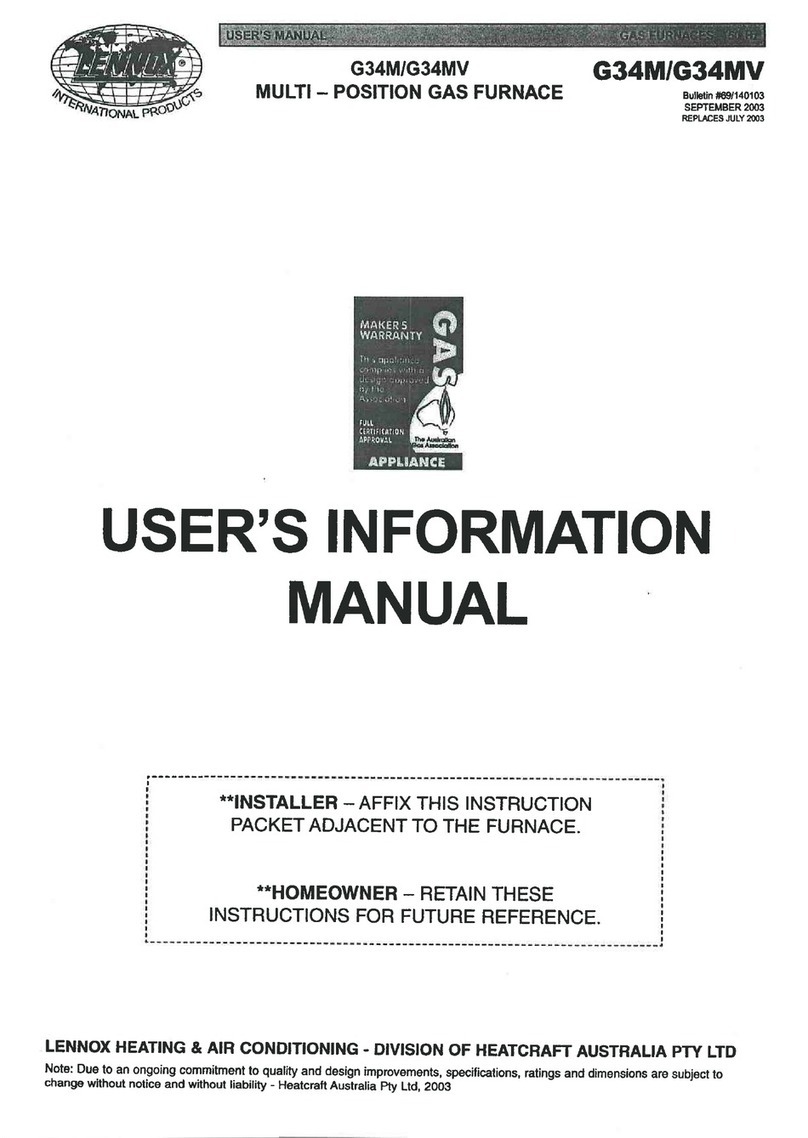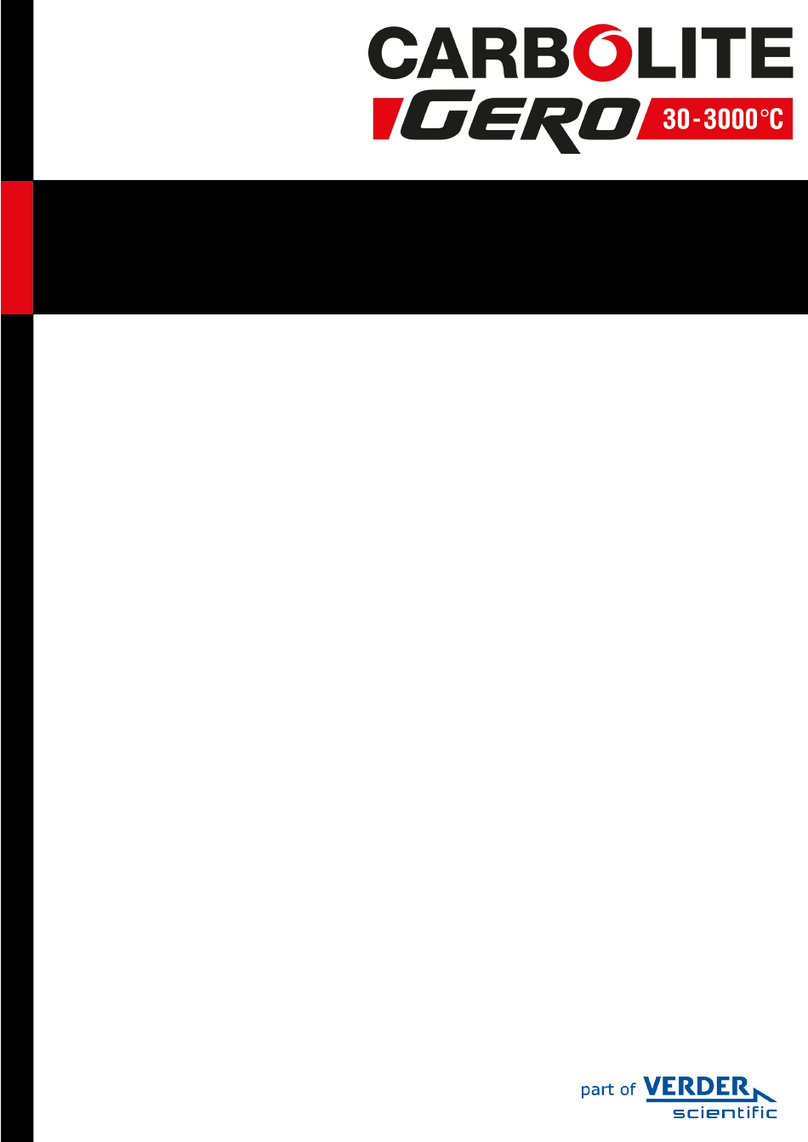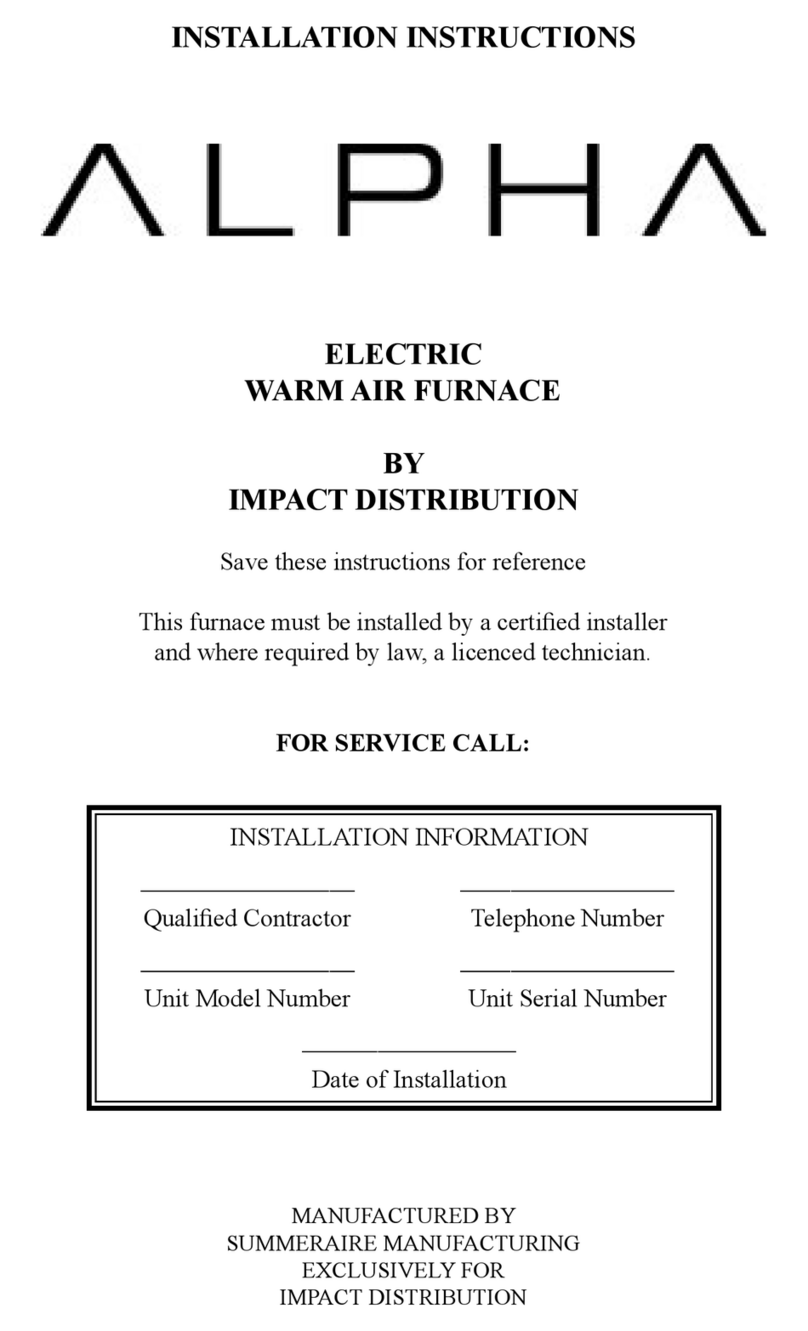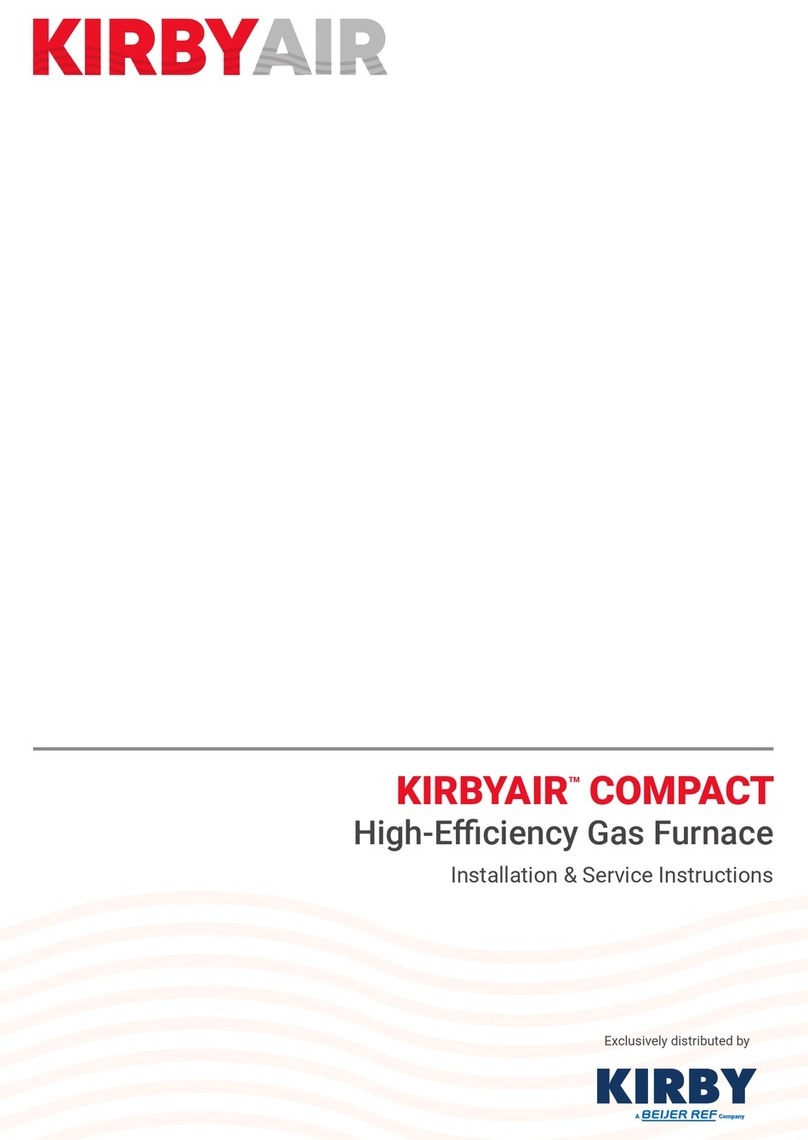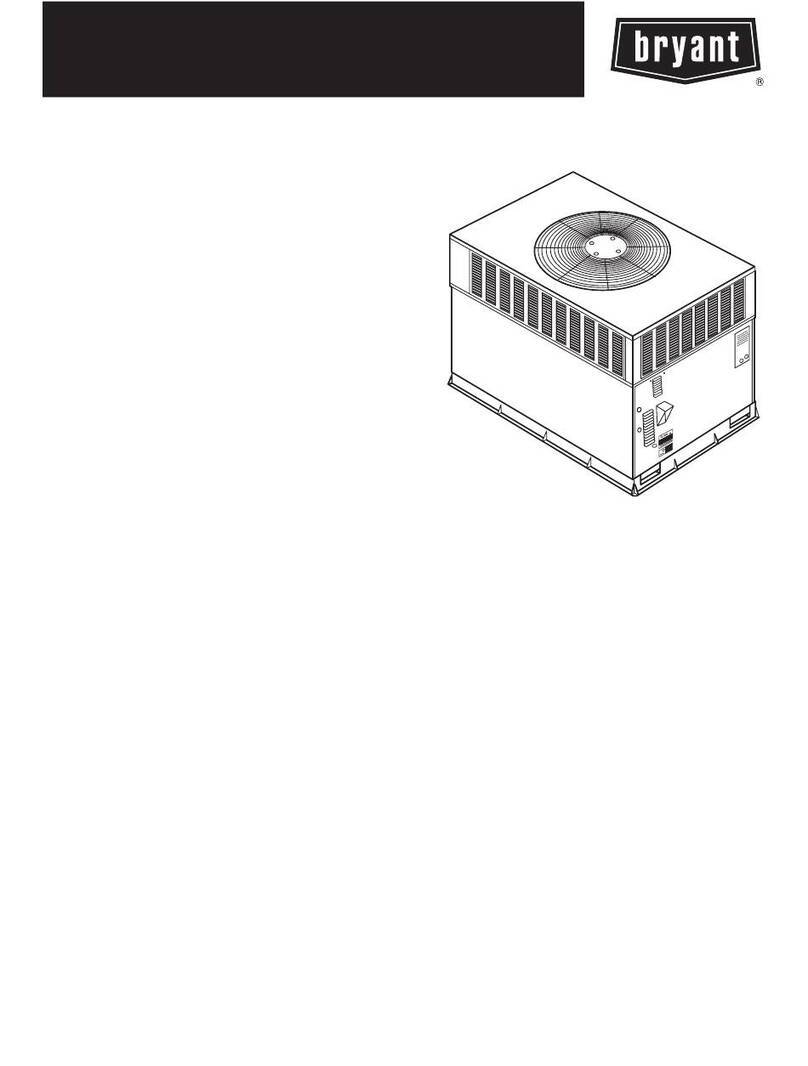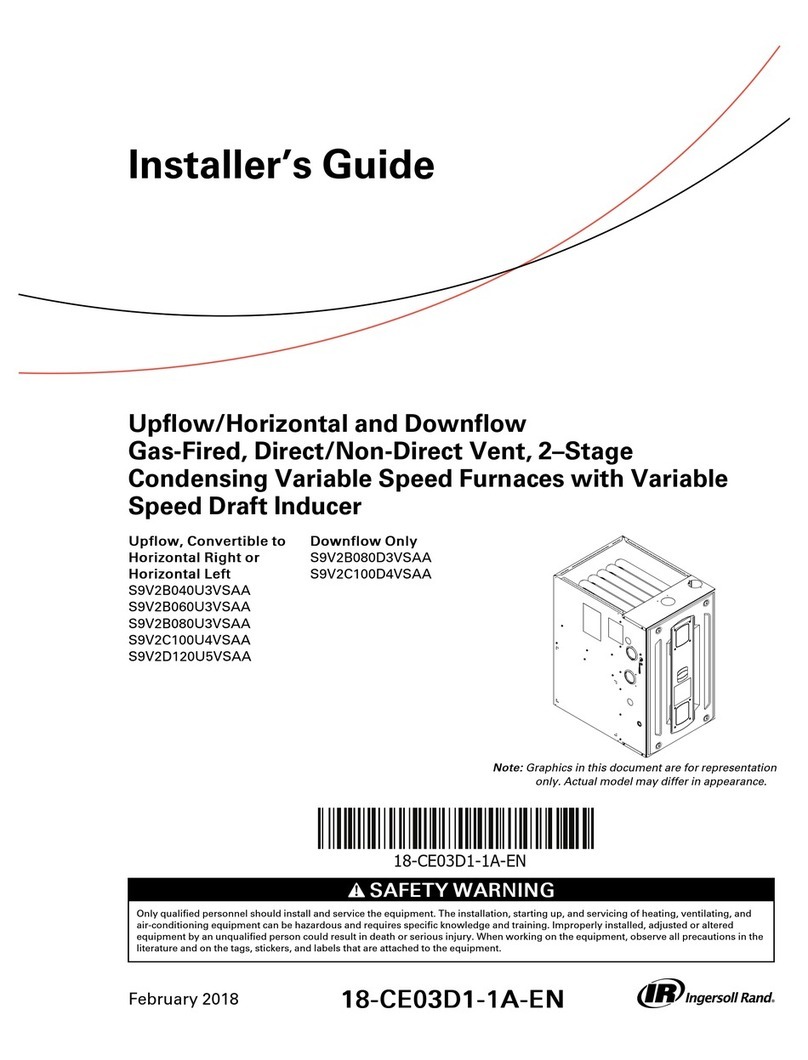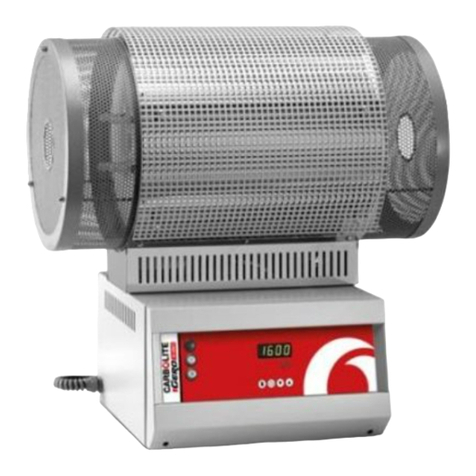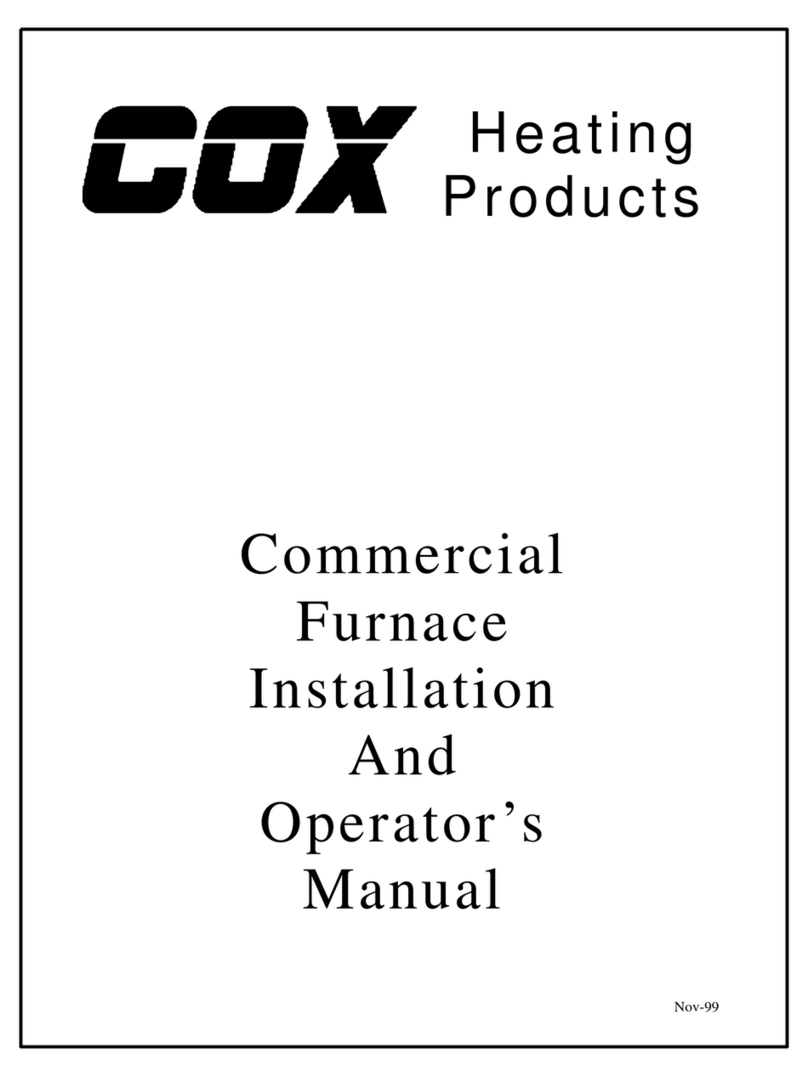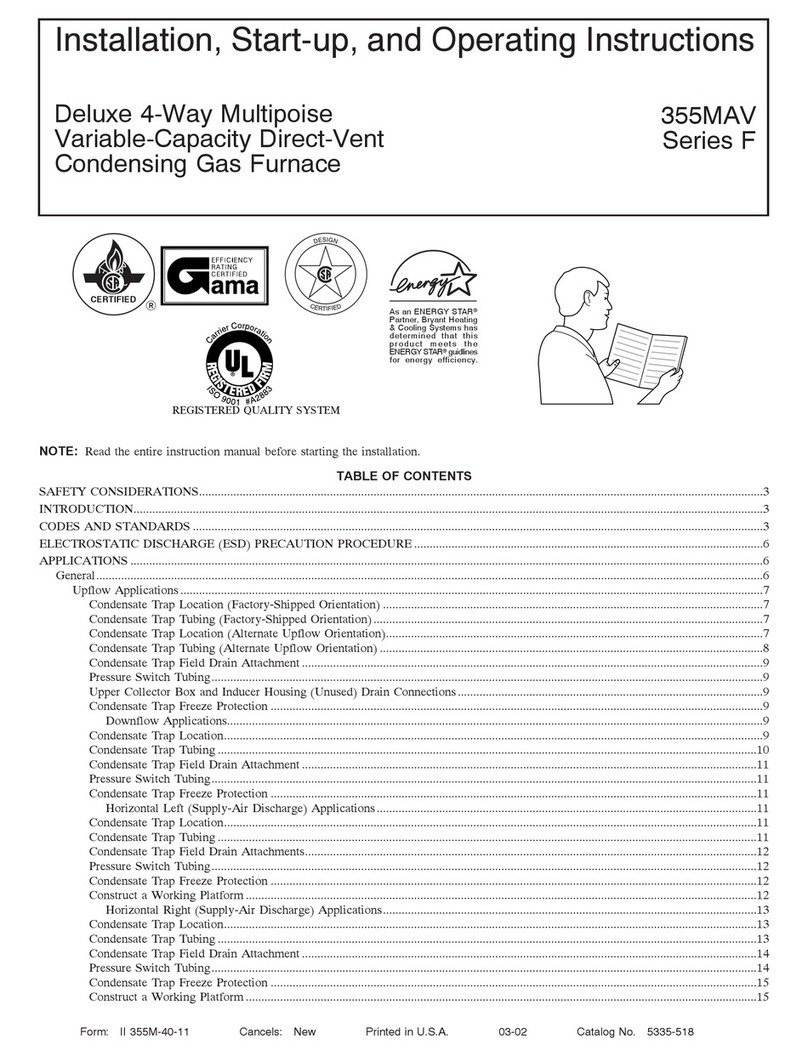
3.6.3 Gauge and Pump Tubing Installation – EL Tank .................................................................18
3.7 Metering Pump Installation – Non-EL Tank (skip if you have EL tank)........................................19
4. Installation of Furnace Components................................................................................................20
4.1 Blower Assembly Installation.....................................................................................................20
4.2 Burner/Preheater Assembly.......................................................................................................22
4.3 Burner/Cabinet Assembly..........................................................................................................23
4.4 Pump Outlet Tubing Installation.................................................................................................24
4.4.1 Pump Outlet Tubing Installation ...........................................................................................24
4.4.2 Pump Outlet Tubing Installation – Ceiling or Wall Mounted Furnace (skip if you have a tank
mounted furnace)..........................................................................................................................25
5. Exhaust Flue System Installation ....................................................................................................26
5.1 Barometric Damper Tee Installation...........................................................................................26
5.2 Flue Piping Installation...............................................................................................................26
5.3 Draft Gauge Installation (included with some packages)............................................................29
6. Electrical System Installation...........................................................................................................30
6.1 Wall Thermostat ........................................................................................................................30
6.2 Fuel Pump Power Connection...................................................................................................32
6.3 Main Electrical Connection ........................................................................................................33
7. Startup and Operation.....................................................................................................................34
7.1 Do’s and Don’ts/Tech Tips.........................................................................................................34
7.2 Burner Primary Control Operation..............................................................................................34
7.3 Safety Systems and Warnings...................................................................................................35
7.4 Furnace Startup.........................................................................................................................36
7.4.1 Fuel System Priming...........................................................................................................36
7.4.2Starting the Furnace............................................................................................................38
7.4.3Burner System Checkout ....................................................................................................39
7.5 Everyday Operation of Your EnergyLogic Used Oil Furnace......................................................42
8. Maintenance ...................................................................................................................................43
8.1 Service Contracts......................................................................................................................44
8.2 Safety Warnings – Lockout/Tagout............................................................................................44
8.3 Monitoring System Performance over Time...............................................................................44
8.4 Maintenance Schedule and Parts..............................................................................................44
8.5 Maintenance Procedures...........................................................................................................46
8.5.1 Heat Exchanger Cleaning ...................................................................................................46
8.5.2 Blower Cleaning..................................................................................................................50
iii
Call 1-615-471-5290 for Technical Support























